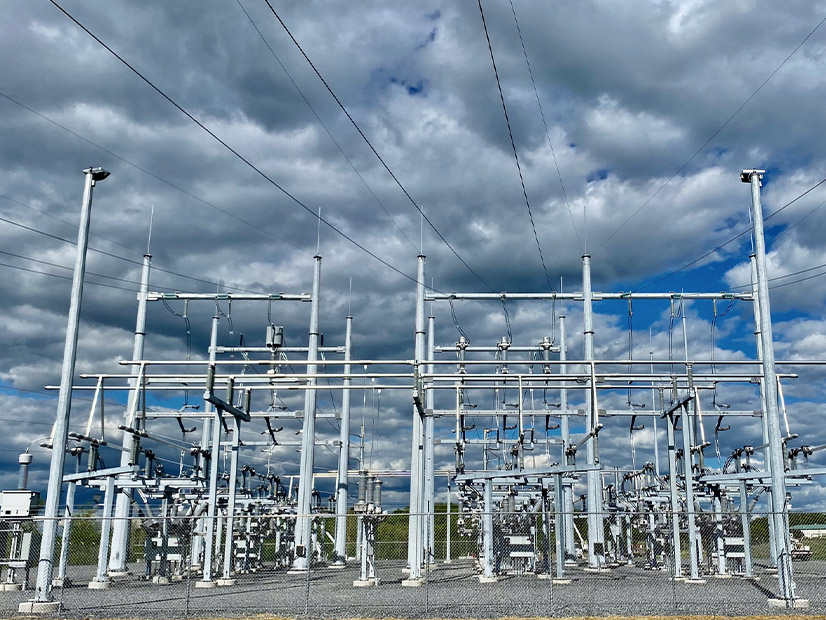
Constraint Specific Tx Shortage Pricing
NYISO’s Business Issues Committee on Wednesday recommended that the Management Committee approve a pricing proposal for multiple active transmission constraints (MATCs).
Enhancements to the current transmission constraint pricing logic will enable NYISO’s market software to re-dispatch suppliers efficiently in the short term to alleviate constraints, as well as incentivize long-term investment in locations where suppliers could provide the greatest benefits, said Kanchan Upadhyay, energy market design specialist with the ISO.
MATCs can occur for two main reasons, either from topology or from the evaluation of contingencies on the same facility. MATCs arising because of topology, also referred to as “lines in series/lines in parallel,” show the same transmission line represented as multiple segments in the network topology (long radial lines) or parallel line segments. Transmission facilities that are constrained in multiple scenarios (base case and contingency case scenarios) being evaluated are referred to as “MATCs on the same facility.”
NYISO is proposing to develop functionality in the market software to identify redundant constraints across in-series and parallel transmission facilities, the most limiting of which would be binding and utilized for pricing purposes in application of the transmission demand curve mechanism (TDC). The remaining of such redundant transmission constraints would be non-binding and not utilized for pricing purposes in the application of the TDC.
The proposed solution seeks to provide better alignment between the use of physical resources versus the TDC in solving transmission constraints. It also aligns with the operational philosophy that relieving the worst/most limiting constraint across a transmission facility would generally alleviate other transmission constraints across the facility.
If prioritized for 2023, implementation would be contingent on approval by the NYISO Board of Directors and acceptance by FERC.
Critical Infrastructure Load
The BIC also approved a proposal to restrict participation of certain types of demand response in ISO-administered programs in order to protect critical electric system infrastructure load. The limitations were proposed to comply with NERC’s October 6, 2021, Standard Authorization Request to address extreme cold weather grid operations, preparedness and coordination.
Standard Recommendation No. 8 says, “Balancing Authorities’ operating plans (for contingency reserves and to mitigate capacity and energy emergencies) are to prohibit use of critical natural gas infrastructure loads for demand response.”
The proposed tariff revision will address Standard Recommendation No. 8 as it relates to the NYISO demand response programs, said Francesco Biancardi, market design specialist for new resource integration.
The ISO is targeting July 2022 to file the applicable tariff language with FERC for implementation on Nov. 1, the first day of 2022-23 Winter Capability Period.
Bad Debt Loss Methodology
The BIC also recommended that the Management Committee approve a proposal from DC Energy to change the ‘look back’ period used in determining allocations to each participant to recover bad debt losses and payment defaults, expanding the period to three months.
Bruce Bleiweis, director of market affairs for DC Energy, presented the change and said the company believes the goal of the payment default and bad debt loss allocation methodology is to spread the loss fairly based on NYISO stakeholders’ overall billing determinants.
Market participants’ billing activity is not consistent within a month nor throughout the year, and this creates peaks and valleys for participants as a percent of total, whereas the new methodology “will smooth out the peaks and valleys” and represent an average obligation, he said.
The current methodology calculated each participant’s obligation “in the Billing Period in which the payment obligation that resulted in the loss occurred’ — DC Energy is bringing the same motion to MISO because they have a similar clause in their tariff, Bleiweis said.
One stakeholder asked whether NYISO supported the proposal or had any comment.
“We are indifferent to that timeframe,” said Sheri Prevratil, NYISO manager of corporate credit.


